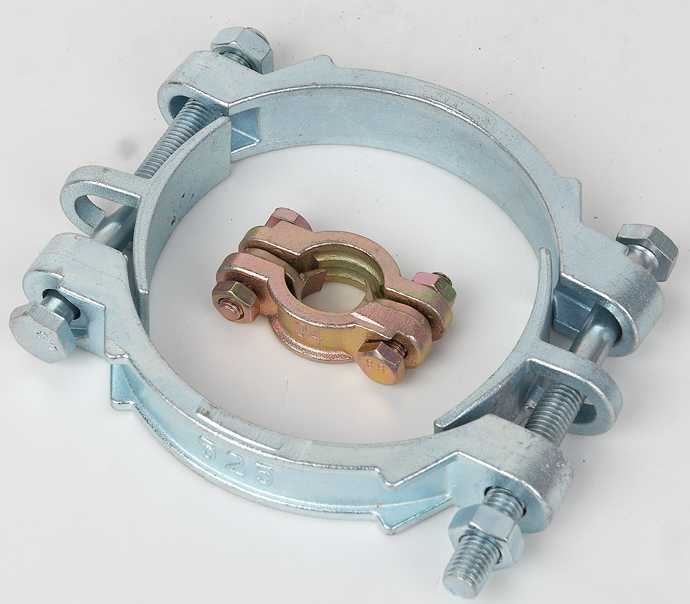How to Choose the Right Hose Clamp for Your Application
2025-03-07
Selecting the right hose clamp is crucial for ensuring a secure, leak-free connection in fluid and air systems. With a variety of hose clamps available, choosing the correct type based on size, pressure, and material can prevent failures and enhance durability.
In this blog, we’ll cover the key factors to consider when selecting a hose clamp.
1. Determine the Hose Clamp Type
Different applications require different types of clamps. Here’s how to choose:
- Worm Gear Clamps – Best for general-purpose applications like automotive and plumbing.
- Spring Clamps – Ideal for cooling systems and fuel lines due to their self-adjusting tension.
- T-Bolt Clamps – Used for high-pressure hoses in heavy-duty automotive and industrial systems.
- Ear Clamps – Provide a permanent, tamper-proof seal, great for pneumatic systems.
- Wire Clamps – Suitable for low-pressure applications like home plumbing.

2. Choose the Right Material
Hose clamps are made from various materials, each suited for specific conditions:
- Stainless Steel – Highly resistant to corrosion, ideal for marine, automotive, and outdoor applications.
- Galvanized Steel – Provides strength and rust protection for general industrial use.
- Plastic Clamps – Lightweight and resistant to chemicals, used in low-pressure applications.
For harsh environments, such as saltwater exposure or chemical handling, stainless steel clamps are the best choice.
3. Check the Size Compatibility
Choosing the correct clamp size is critical for a secure fit. Follow these steps:
1. Measure the outer diameter (OD) of the hose after fitting it onto the connection.
2. Select a clamp with an adjustable range that includes the measured OD.
3. Avoid clamps that are too large or too small, as improper fitment can lead to leaks or hose damage.
4. Consider Pressure Requirements
High-pressure systems require stronger clamps:
- Low Pressure (Water Hoses, Home Plumbing) – Standard worm gear or wire clamps work well.
- Medium Pressure (Automotive, Fuel Lines) – Spring clamps or T-bolt clamps provide better durability.
- High Pressure (Industrial, Hydraulic Systems) – Heavy-duty T-bolt clamps are necessary for a secure fit.
5. Environmental Factors
Where the hose clamp is used can affect its longevity. Consider the following:
- Extreme Temperatures – Stainless steel is ideal for both hot and cold environments.
- Moisture & Corrosion Exposure – Marine and outdoor applications require rust-resistant materials.
- Chemical Resistance – If exposed to chemicals, opt for stainless steel or plastic clamps.
6. Installation & Maintenance
Some clamps require special tools for installation, such as:
- Screwdriver or wrench (for worm gear clamps).
- Crimping tool (for ear clamps).
- T-bolt fastener tools (for high-pressure clamps).
Regularly inspecting hose clamps for wear, corrosion, or loosening can help prevent leaks and failures.
7. Cost vs. Quality
While cheaper clamps may seem appealing, investing in high-quality, durable clamps reduces long-term maintenance costs. Look for:
- Well-known brands with good customer reviews.
- Certified products that meet industry standards.
- Bulk purchasing options for industrial or commercial applications.
Conclusion
Choosing the right hose clamp is essential for ensuring a secure, durable, and leak-free connection in fluid and air systems. By considering clamp type, material, size, pressure rating, and environmental factors, you can find the perfect clamp for your needs.
A well-chosen hose clamp prevents failures, enhances efficiency, and extends the lifespan of your equipment, making it a small but vital component in numerous applications.


